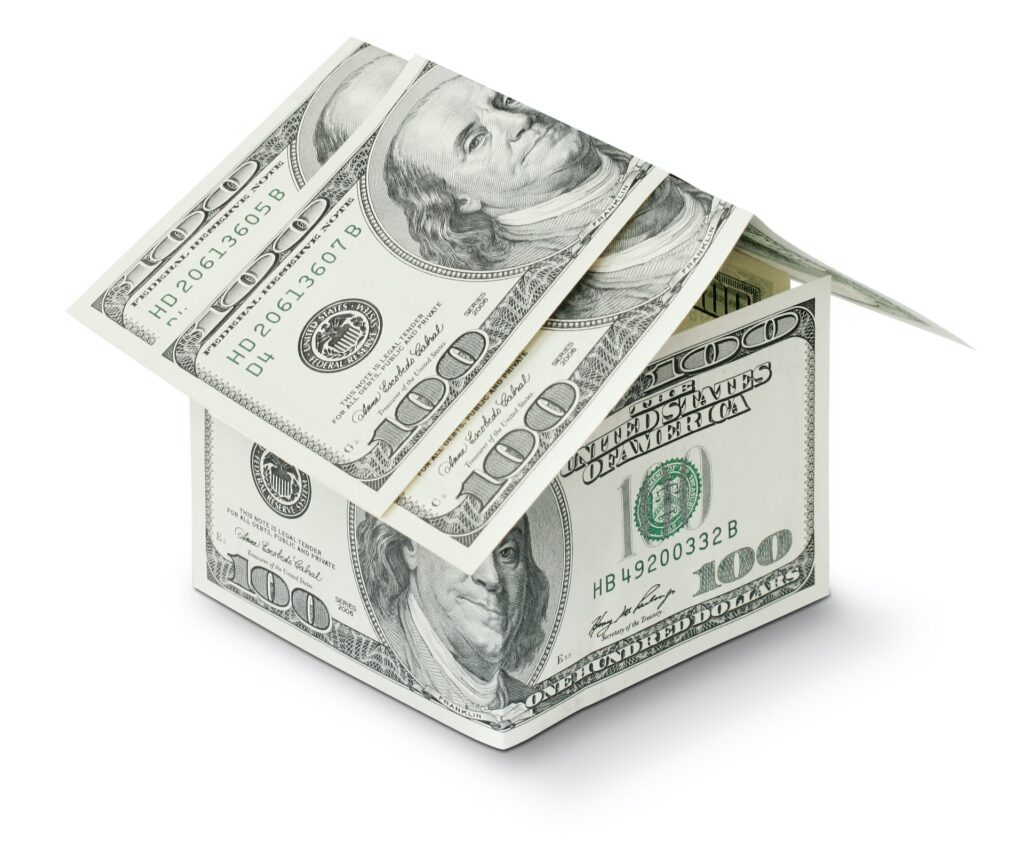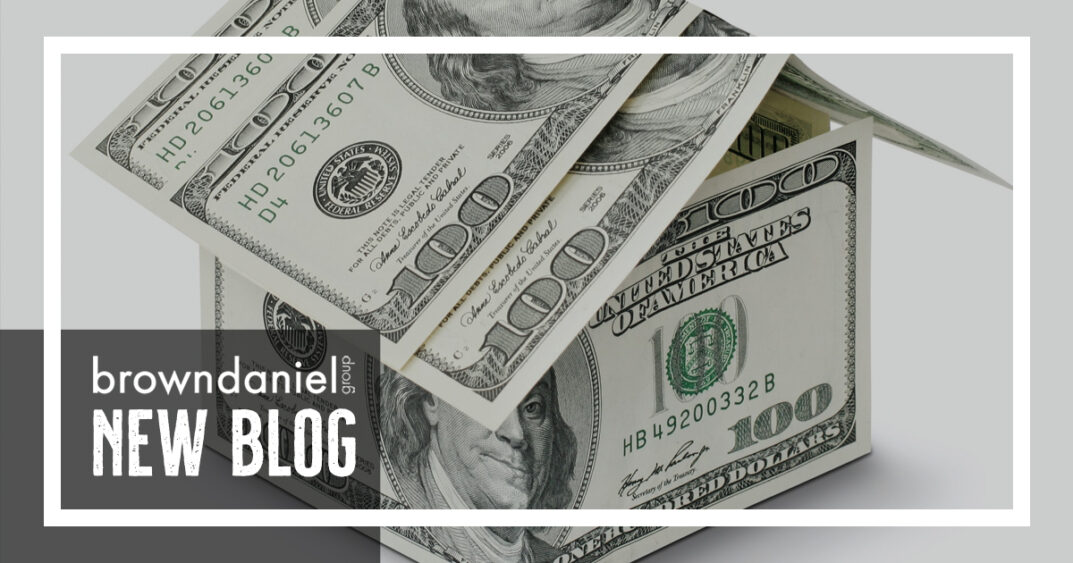
The amount of money you can borrow using a tradition loan backed by government lenders Freddie Mac and Fannie Mae has hit $1 million for the first time in the programs history.
As reported in this article from The Daily Mail, Fannie Mae and Freddie Mac have always had a ceiling in place regarding the value of home loans they are willing to give to buyers. Due to record-breaking home prices in many parts of the United States, that amount has now topped the million dollar mark in some of the more expensive markets throughout the country. The highest amount available for the majority of the country will be raised to $766,550, which is already much higher than anyone could have anticipated with the program first began.
Many people thought rising home prices and soaring interest rates would slow down the housing market, but so far, that has not been the case, and the demand for higher priced homes has necessitated this change.
You can read more about the new loan cap amounts in different parts of the country by reading the full article here.
History of Fannie Mae and Freddie Mac

Early in the 20th century, homeownership was out of reach for the majority of Americans. Options for financing were limited, so in order to purchase a home, you likely needed to have the entire selling price on hand in cash, or you could take out a short-term loan that required a large down payment and would result in another large balloon payment at the end of the term. To add to the struggles of the average person, almost 25% of home owners lost their homes during the Great Depression through foreclosure, leaving most banks with little money to lend even to the people willing to accept these short-term loans.
As a part of many efforts at the time to stabilize the economy, Congress responded to the low homeownership levels in 1938 by creating the Federal National Mortgage Association, which became better known as Fannie Mae. With Fannie Mae, a new type of mortgage became available for the first time, one that was much longer term, had a fixed interest rate, and allowed for an option to refinance at any time.
For decades, Fannie Mae was the dominant buyer and seller of government-insured mortgages. Congress eventually changed some things to boost competition in the secondary mortgage market. First they privatized Fannie Mae in 1968, making it a shareholder-owned company funded entirely by private capital. Then they created Freddie Mac in 1970.
How is Freddie Mac Different?
Like Fannie Mae, Freddie Mac is a nickname, this time referring to the Federal Home Loan Mortgage Corporation. It was established under the Emergency Home Finance Act to expand the secondary mortgage market and reduce interest rate risk for banks. In 1989, it was reorganized and turned into a shareholder-owned company just like Fannie Mae. Freddie Mac’s charter is rather similar to Fannie Mae’s in that it expands the secondary market for mortgages by buying loans made by banks and other lending institutions. The main difference between the two is that while Fannie Mae buys mortgages from major retail and commercial banks, Freddie Mac buys them from smaller banks, such as those that are most active in small, rural communities.
Why Raise the Loan Amount Caps?

By making these changes to the loan amount that can be backed by Fannie Mae and Freddie Mac, these organizations are acknowledging the new reality in the housing market. In many areas, even an average home has topped the $1 million mark. These high prices threaten to leave generations of people frozen out of the housing market, mirroring the problems that caused the creation of Fannie Mae and Freddie Mac in the first place. Also, Fannie Mae and Freddie Mac are actually required by the National Housing Act to set these mortgage loan limits at 115 percent of area median house prices for a particular jurisdiction. So as home prices rise, that percentage rises as well.
Where Has the Cap Been Raised?
Certain areas of the country are notorious for expensive homes, and as housing prices rise across the country, the average home price is being pushed well over $1 million in many cities across the country. Counties where the cap has been raised include:
- Los Angeles County, California
- San Diego County, California
- Washington DC Metro Area
- New York City Metro Area
- Summit County, Colorado (home to the Breckenridge Ski Resort)
- San Francisco County, California
- Hawaii (the entire state is included in the cap raise)
And don’t assume that the homes being backed by these mortgages are all mansions. Less than 20 years ago, purchasing a $1 million home normally meant you were investing in large estate in one of the most exclusive and expensive areas of your city. Flash forward to today and the rapid rise of real estate prices across the country means that in many locations, what would be considered an a modest, average house costs nearly $1 million or more. That reality had begun pushing all but the most well-heeled buyers out of the housing market entirely, which is why Fannie Mae and Freddie Mac needed to make this change.

